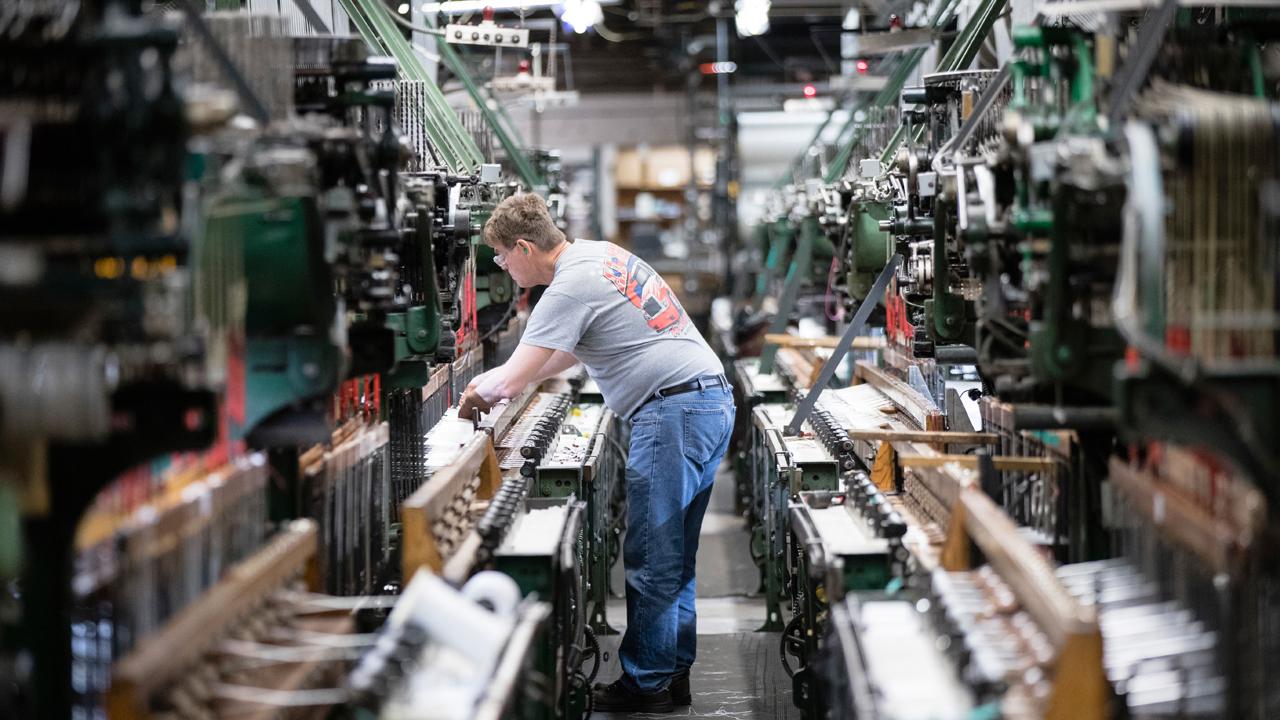Help wanted: About 500K manufacturing jobs currently unfilled
Carolyn Lee is the executive director of The Manufacturing Institute, the education and workforce partner of the National Association of Manufacturers, the nation’s largest industrial trade association.
We hear a lot of talk today about automation. These discussions are so often punctuated with anxiety that it makes you wonder whether the folks who stirred public fears about Y2K are the ones now suggesting that robots and technology will somehow render manufacturing workers obsolete. But don’t believe the hype.
I just spent two weeks on the annual cross-country NAM State of Manufacturing Tour. I met scores of workers and visited countless manufacturing sites, technical schools and high schools. The consensus? The next frontier of manufacturing offers great opportunity -- and manufacturers are embracing it.
While it’s true that 75 million workers could lose jobs to automation by 2022, according to a World Economic Forum report, 133 million new jobs could be created by the same year if workers receive the necessary training. Not only is The Manufacturing Institute working every day to ensure Americans receive just that training, but after participating in this year’s tour, I am more confident than ever in saying that manufacturers are not afraid of the future
Rapid pace of innovation
At ABB in North Carolina, I spoke with two employees who had each worked in manufacturing for decades. They told me that because of the rapid pace of innovation they had learned more in the last five years than in all the years before that. At Protolabs in Minnesota, one woman in manufacturing almost leapt out of her seat to emphasize that technology was enhancing, not harming, her work -- making the industry safer, reducing the number of rudimentary tasks, speeding up education and even allowing workers to solve more problems with designs and products created in the United States. And, at one technical school I met a student who said his training in mechatronics (technology combining electronics and mechanical engineering) would give him job security for years to come.
So many opportunities
From coast to coast, I saw men and women of all ages who loved their jobs. They worked with AI and robotic technologies that barely seem real and solved complex problems with teams of colleagues. I saw so many opportunities open to students throughout the tour that I thought: I wish all this had existed when I was in school.
In sum, I saw a people-focused industry that is optimistic. However, I also heard a note of worry. The industry today lacks about half a million of the skilled workers it needs, and within a decade the number of unfilled jobs in manufacturing could rise into the millions.
Yet, if I learned anything on the tour, it was that this industry can meet challenges like none other. It creates safer cars, cures for once-fatal diseases, ships that reach the stars. Manufacturers can overcome this workforce crisis, and I am proud to be a part of that solution.
At The Manufacturing Institute, our mission is to excite, educate and empower the manufacturing workforce of today and tomorrow. We aren’t just out to fill jobs; we mean to change Americans’ minds, help them learn, and even bring them hope. Because, despite what some people might say, this is an industry that needs people.
CLICK HERE TO GET THE FOX BUSINESS APP
So how can you get involved in manufacturing’s next frontier? If you are still in school, take as many classes as you can in the so-called STEAM fields -- science, technology, engineering, math and art -- because they are highly relevant to careers in our industry. If you are a manufacturer, open your doors to the community to show what modern manufacturing really looks like.
Manufacturers are on the move and in need of talented, creative, hard-working people of all ages and backgrounds -- people just like you.




















